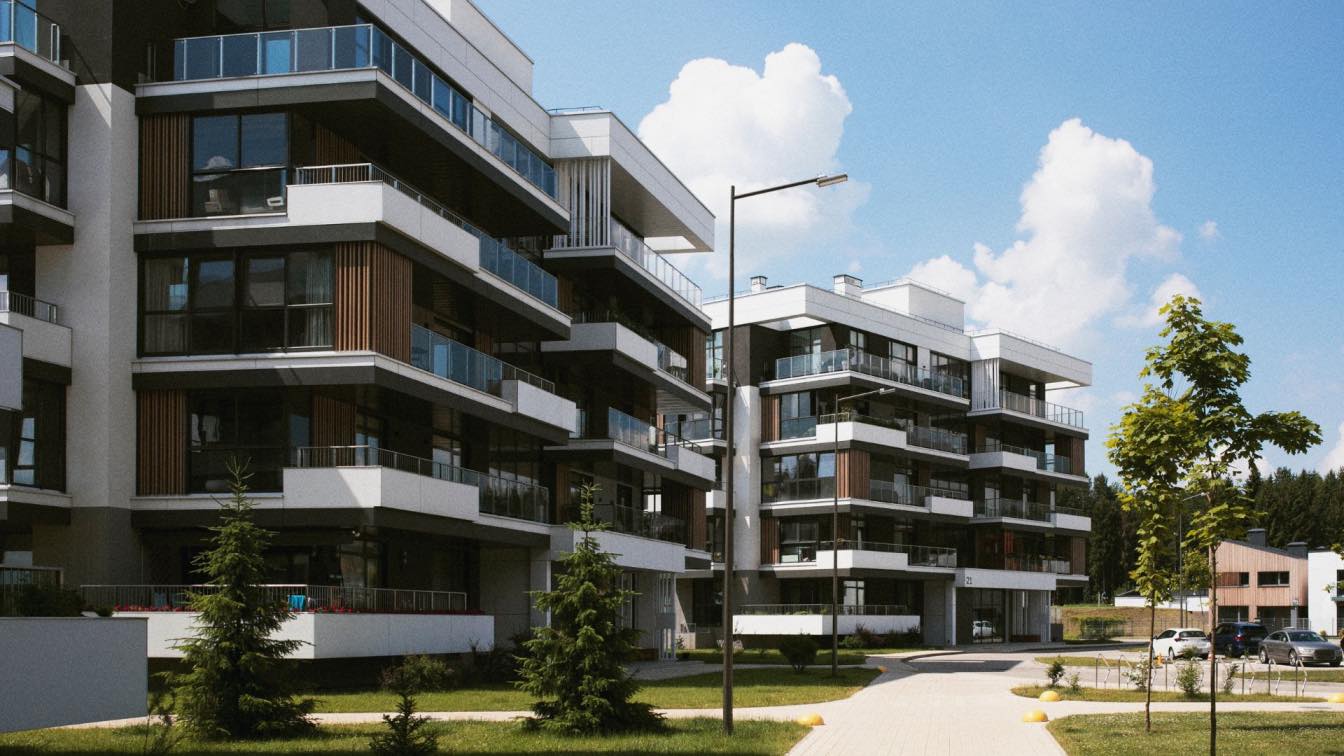As we become increasingly conscious of our environmental impact, integrating solar energy into our homes has gone from a niche interest to a mainstream endeavor. With the potential to reduce utility bills and carbon footprints, solar energy presents a sustainable and economically savvy investment for the modern homeowner. In this guide, we'll provide you with six practical tips to seamlessly incorporate solar power into your residential space, ensuring you’re equipped to make the most of this renewable energy source. From understanding the basics of solar technology to maximizing efficiency and affordability, we're here to help you harness the power of the sun.
1. Assess Your Solar Potential
Before diving into the solar transition, it’s important to evaluate your home's solar potential. This involves considering factors like roof orientation, shading, and local weather patterns to determine the effectiveness of solar panels in your location. Professional assessments can help gauge the viability and guide you in understanding the potential return on investment.
Solar potential also extends beyond the technical aspects. Investigate local regulations, zoning laws, and potential homeowner association restrictions to ensure compliance. Such due diligence will pave the way for a smooth integration of solar technology into your home. Whether you choose the renewable energy provider Inasol or services from another provider, it is crucial to assess your solar potential thoroughly before making any commitments. This step ensures a more successful and economical solar integration process.
2. Understand Your Energy Usage
Understanding your household's energy consumption patterns is crucial before installing solar panels. Start by reviewing past utility bills and identifying peak usage times and energy hogs in your home. This will help you estimate the size and number of solar panels required to meet your energy needs.
Armed with this information, you can work with solar energy professionals to design a system tailored to your consumption habits. Additionally, it may uncover opportunities to first reduce energy usage through efficiency upgrades, allowing for a potentially smaller and more cost-effective solar installation.
3. Choosing the Right Solar Panels
There are various types of solar panels on the market, each with different efficiency rates and aesthetics. Monocrystalline panels are highly efficient and sleek, while polycrystalline panels offer a more budget-friendly option with a slightly lower efficiency. Thin-film panels are versatile in installation but require more space.
Consider not only the efficiency but also the longevity and warranty of the solar panels. Reputable manufacturers often offer warranties of 25 years or more, which is a testament to the durability of their products. A careful comparison considering your specific needs will lead to the most suitable choice.
4. Financing Your Solar Installation
The upfront cost of solar panel installation can be significant, but there are many financial incentives and support programs available to homeowners. Tax credits, rebates, and solar-specific loans can make the transition more affordable. Researching and taking advantage of these programs can substantially reduce the financial burden.
Moreover, solar leasing or power purchase agreements (PPAs) allow homeowners to reap the benefits of solar energy without buying the system outright. While this can be a more manageable option financially, weigh the long-term benefits and costs to decide if ownership or a leasing agreement aligns best with your financial goals.
5. Maximizing Solar Efficiency
Maximizing the efficiency of your solar panels is key to getting the most out of your investment. This means ensuring that panels are properly installed at the correct angle and position for maximum sunlight exposure. Regular maintenance and cleaning can also prevent the buildup of debris, which can cast shadows and reduce efficiency.
In addition, consider integrating smart technology such as energy management systems to monitor and adjust your home’s energy consumption. These systems can help you use electricity more efficiently, storing excess solar energy or using it during peak hours when utility rates are higher.
6. Preparing for Installation and Maintenance
Finally, prepare for the solar panel installation and maintenance process. It’s wise to contract a certified and experienced solar installer to handle the project. They will ensure that the installation complies with local regulations and the system is configured correctly.
Once installed, solar panel maintenance is relatively low-key. However, regular checks and cleanings will maintain efficiency and extend the life of the system. Be prepared to inspect your panels periodically or consider a maintenance agreement with your installer for professional upkeep.
In conclusion, integrating solar energy into your home requires thorough research and planning. By assessing your solar potential, understanding energy usage, choosing the right panels, financing wisely, maximizing efficiency, and preparing for installation and maintenance, you'll be well on your way to enjoying the benefits of this sustainable energy source. With proper integration and upkeep, solar power can provide long-term cost savings and environmental benefits for you and your household. So why not make the switch to solar today?





